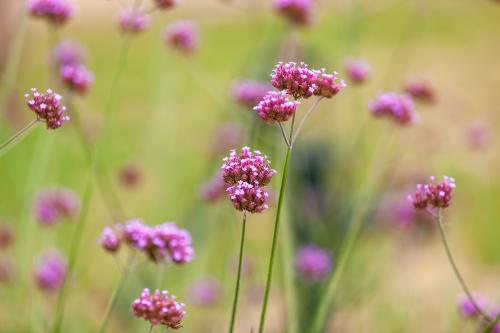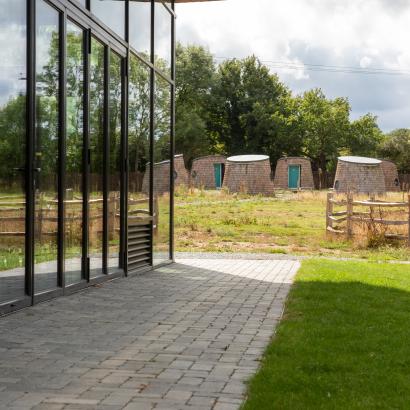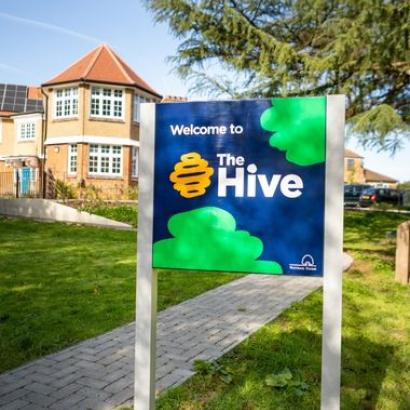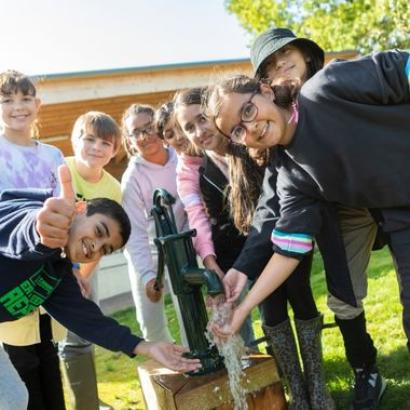

Plant Detectives
Plant Detectives
Have fun in the forest, finding out about the different parts and functions of plants and their lifecycle by undertaking a range of activities and games. This can be done during the different seasons as children will experience different stages of the life cycle of a plant, e.g., seed dispersal in autumn or germination in spring. They will also find out about the importance of trees in relation to the climate and ecological emergency.
Learning objectives
- To identify and name the different parts of plants and understand their function.
- To observe similarities and differences between plants, including deciduous and evergreen trees.
- To begin to understand the life cycle of plants including pollination, seed formation and seed dispersal.
- To describe the ways in which nutrients, water and air are transported within plants.
- To explore the importance of trees in relation to the climate and ecological emergency.
National science curriculum links
Y3
Plants
- Identify and describe the functions of different parts of flowering plants: roots, stem/trunk, leaves and flower.
- Explore the requirements of plants for life and growth (air, light, water, nutrients from soil, and room to grow) and how they vary from plant to plant.
- Investigate the way in which water is transported within plants.
- Explore the part that flowers play in the life cycle of flowering plants, including pollination, seed formation and seed dispersal.
Y4
Living things and their habitats
- Recognise that living things can be grouped in a variety of ways.



